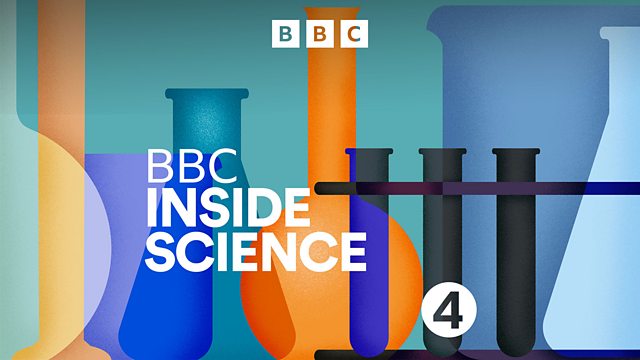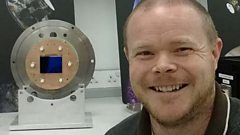Therapeutic hypothermia; Cameras on Gaia; Methane; Wine microbiota
The wine-taster's fuzzy concept of 'terroir' has long frustrated scientists, but a new study uses DNA sequencing to identify the unique microbial ecology of individual grapes.
Therapeutic hypothermia is standard treatment for cardiac arrest patients to protect against the damaging or deadly repercussions of a beatless heart. But this global practice has been called into question after research in the New England Journal of Medicine reported no difference in survival rates between patients chilled to 33 degrees and those cooled to just below normal body temperature to 36 degrees. Dr Jerry Nolan, vice chair of the European Resuscitation Council tells Dr Adam Rutherford how doctors worldwide are reacting to this new study and Dr Kevin Fong, author of "Extremes, Life, Death and the Limits of the Human Body" describes how medicine has historically harnessed hypothermic states to heal.
Show Us Your Instrument: The European Space Agency's GAIA mission is due to launch just before Christmas. It will spend the next 5 years recording space, using a billion pixel camera. This camera is made up of charge-couple devices, similar to the ones you'd find in your smart phone. These are damaged by space radiation. Dr Ross Burgon damages them in his lab first, to tell whether the images coming back from space are real stars or planets, or the digital equivalent of a smudge on the lens.
Methane is the second most important greenhouse gas after carbon dioxide because it's 25 times more powerful than carbon dioxide at trapping the sun's rays. And it doesn't hang around as long either, ten years as opposed to a 100. So tackling methane is seen by many countries as a useful way of reducing greenhouse gases, quickly. But that depends on knowing how much there is. A new paper in the Proceedings of the National Academy of Sciences reveals that United States could be underestimating its methane emissions by as much as fifty per cent. Dr Vincent Gauci Head of Ecosystems and Biodiversity at the Open University explains how the Americans got their sums so wrong, and considers whether the British calculations are similarly suspect.
The fuzzy concept of "terroir" for wine fans has always been difficult to pin down. Climate, soil, geology and individual wine-making practice don't make it easy to identify what makes particular wines unique. But Dr David Mills, Professor in the Department of Viticulture and Enology at University of California, Davis, has used DNA sequencing to study the microbial ecology of individual grapes. And he concludes bacteria and fungi could explain "microbial terroir".
Producer: Fiona Hill.
Last on
Clip
Broadcasts
- Thu 28 Nov 2013 16:30麻豆官网首页入口 Radio 4
- Thu 28 Nov 2013 21:00麻豆官网首页入口 Radio 4
Explore further with The Open University
Discover more fascinating science content with The Open University
Podcast
-
![]()
麻豆官网首页入口 Inside Science
A weekly programme looking at the science that's changing our world.



